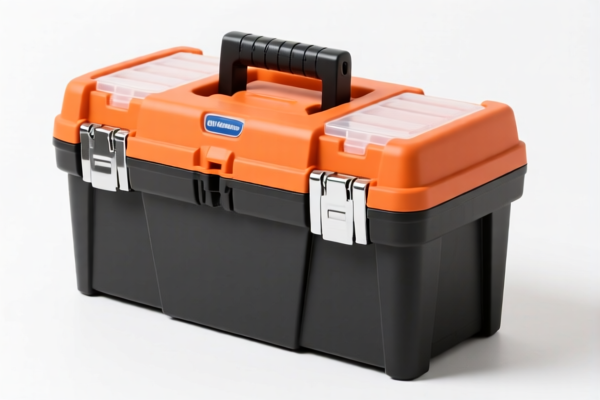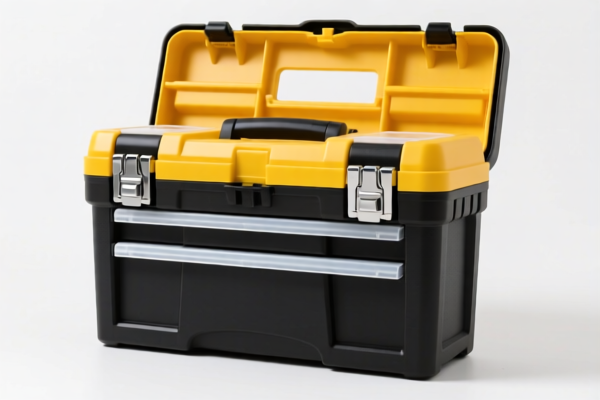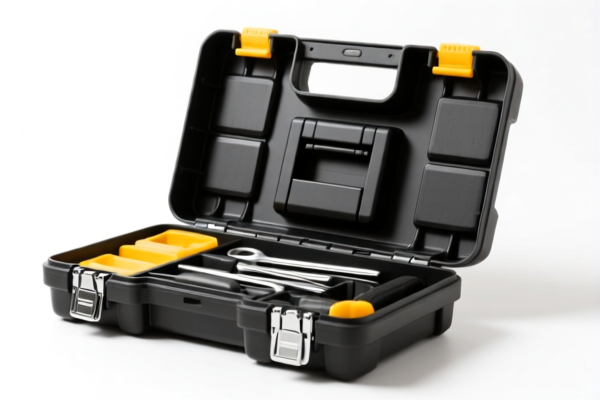| HS Code | Official Doc | Tariff Rate | Origin | Destination | Effective Date |
|---|---|---|---|---|---|
| 8205906000 | Doc | The rate of duty applicable to that article in the set subject t+30.0% | CN | US | 2025-05-12 |
| 7326908688 | Doc | 82.9% | CN | US | 2025-05-12 |
| 3926909989 | Doc | 42.8% | CN | US | 2025-05-12 |




Okay, let's break down the HS codes and potential import considerations for your "TOOLBOX SET" declaration. Here's a structured analysis, aiming for clarity and actionable advice:
Understanding HS Codes: A Quick Primer
The Harmonized System (HS) code is a globally standardized system for classifying traded products. It's crucial for determining tariffs, regulations, and trade statistics. Here's how the codes generally work (using an example):
- First 2 Digits (Chapter): Broad category of the product.
- First 4 Digits (Heading): More specific classification within the chapter.
- First 6 Digits (Subheading): Even more detailed classification.
- Further Digits: National level refinements (country-specific).
Analysis of Your Items
Let's go through each item you've provided:
1. Files, rasps, pliers… (HS Code: Not Provided)
- Potential Chapter: Chapter 82 – Tools, implements, cutlery, hand tools, and articles thereof. This is the most likely starting point given the description.
- Likely Heading: 8205 – Hand tools (including glass cutters) not elsewhere specified or included; blow torches and similar self-contained torches; vises, clamps and the like, other than accessories for and parts of machine tools or water-jet cutting machines; anvils; portable forges; hand- or pedal-operated grinding wheels with frameworks; base metal parts thereof.
- Important Note: Without a more precise composition (material of the tools), it's difficult to pinpoint the exact HS code. You'll need to determine the primary material of the tools (e.g., carbon steel, alloy steel, stainless steel) to find the correct subheading.
2. Handtools Sets (HS Code: 8205.90.60.00)
- Chapter: 82 (Tools, implements, cutlery, hand tools, etc.)
- Heading: 8205 (Hand tools not elsewhere specified)
- Subheading: 8205.90 (Other hand tools)
- Further Breakdown: 8205.90.60.00 (Sets of articles of two or more of the foregoing subheadings)
- Tax Implications:
- Base Duty: The rate applicable to each article within the set. This means the duty will be calculated based on the individual rates of the components.
- Additional Tariffs: Currently 0.0%.
- Post-April 2, 2025: Additional tariff of 30% will be applied.
- Total Tax: Base Duty + 30.0%
- Key Consideration: You'll need to know the individual HS codes and values of each tool within the set to accurately calculate the total duty. The duty will be a weighted average based on the value of each component.
3. Other articles of iron or steel (HS Code: 7326.90.86.88)
- Chapter: 73 (Iron or steel articles)
- Heading: 7326 (Other articles of iron or steel)
- Subheading: 7326.90 (Other)
- Further Breakdown: 7326.90.86.88 (Other)
- Tax Implications:
- Base Duty: 2.9%
- Additional Tariffs: 25.0%
- Post-April 2, 2025: Additional tariff increases to 30% for steel/aluminum products.
- Total Tax: 82.9%
- Key Consideration: This code seems to cover components made of iron or steel. Confirm the material composition of these articles.
4. Other articles of plastics (HS Code: 3926.90.99.89)
- Chapter: 39 (Plastics and articles thereof)
- Heading: 3926 (Other articles of plastics)
- Subheading: 3926.90 (Other)
- Further Breakdown: 3926.90.99.89 (Other)
- Tax Implications:
- Base Duty: 5.3%
- Additional Tariffs: 7.5%
- Post-April 2, 2025: Additional tariff increases to 30%
- Total Tax: 42.8%
- Key Consideration: This code covers components made of plastic. Confirm the material composition of these articles.
Recommendations & Next Steps
- Material Confirmation: Crucially, determine the exact material composition of each component in the toolbox set. This is the most important step for accurate HS code classification.
- Component Breakdown: Create a detailed list of every item in the set, including its material, weight, and value.
- Valuation: Ensure you have accurate valuations for each component.
- Certification: Depending on the tools and their intended use, you may need certifications (e.g., CE marking for European markets, safety standards). Check the import requirements of your destination country.
- Consult a Customs Broker: I highly recommend working with a licensed customs broker in your destination country. They can provide expert guidance, ensure compliance, and handle the import process efficiently.
- Review Trade Agreements: Check if any trade agreements exist between your country of origin (CN) and the destination country. These agreements may offer reduced tariffs.
Disclaimer: I am an AI assistant and cannot provide definitive legal or customs advice. This information is for general guidance only. Always consult with qualified professionals for specific import regulations and requirements.
Customer Reviews
No reviews yet.